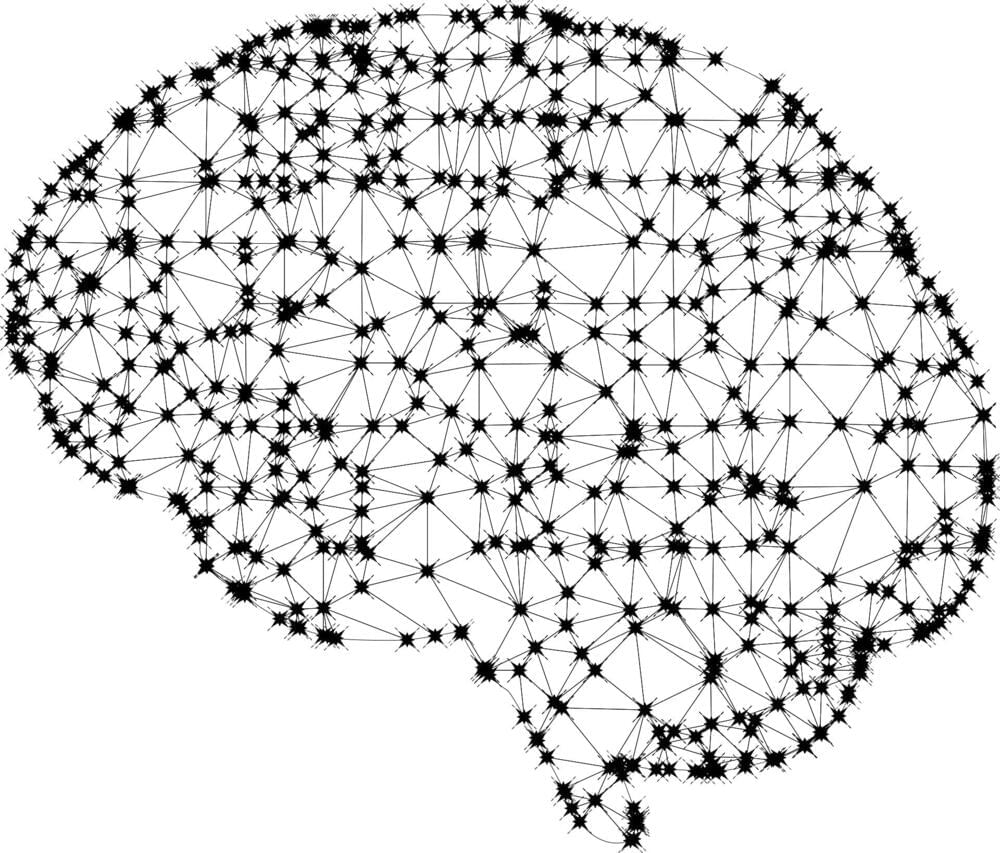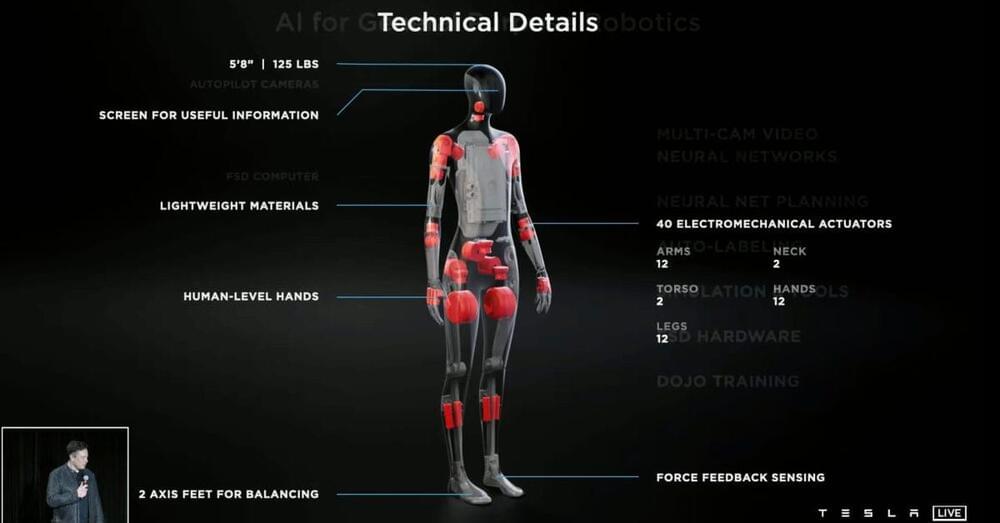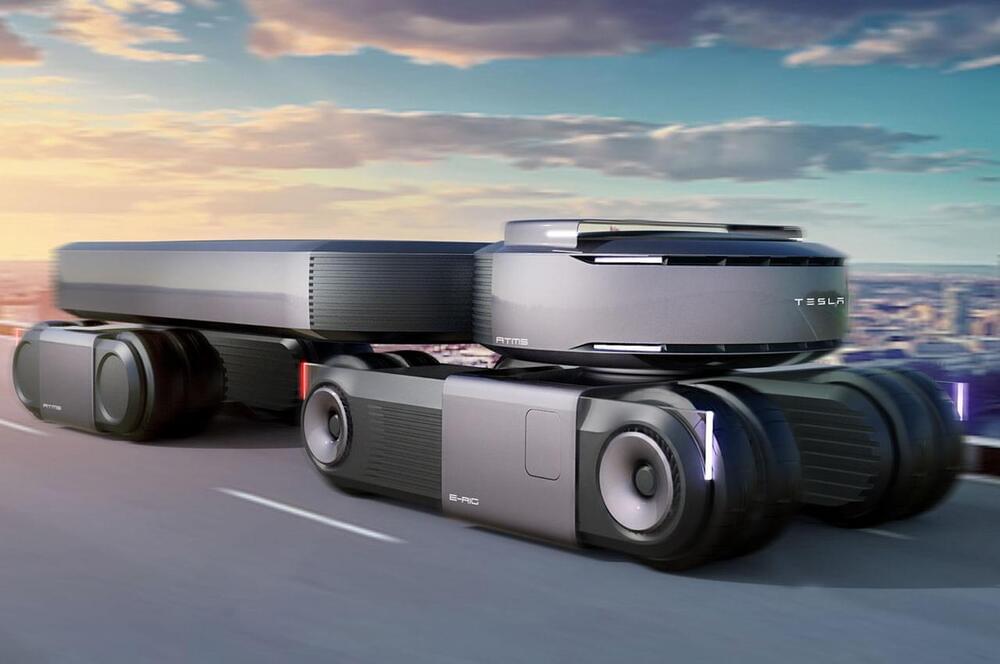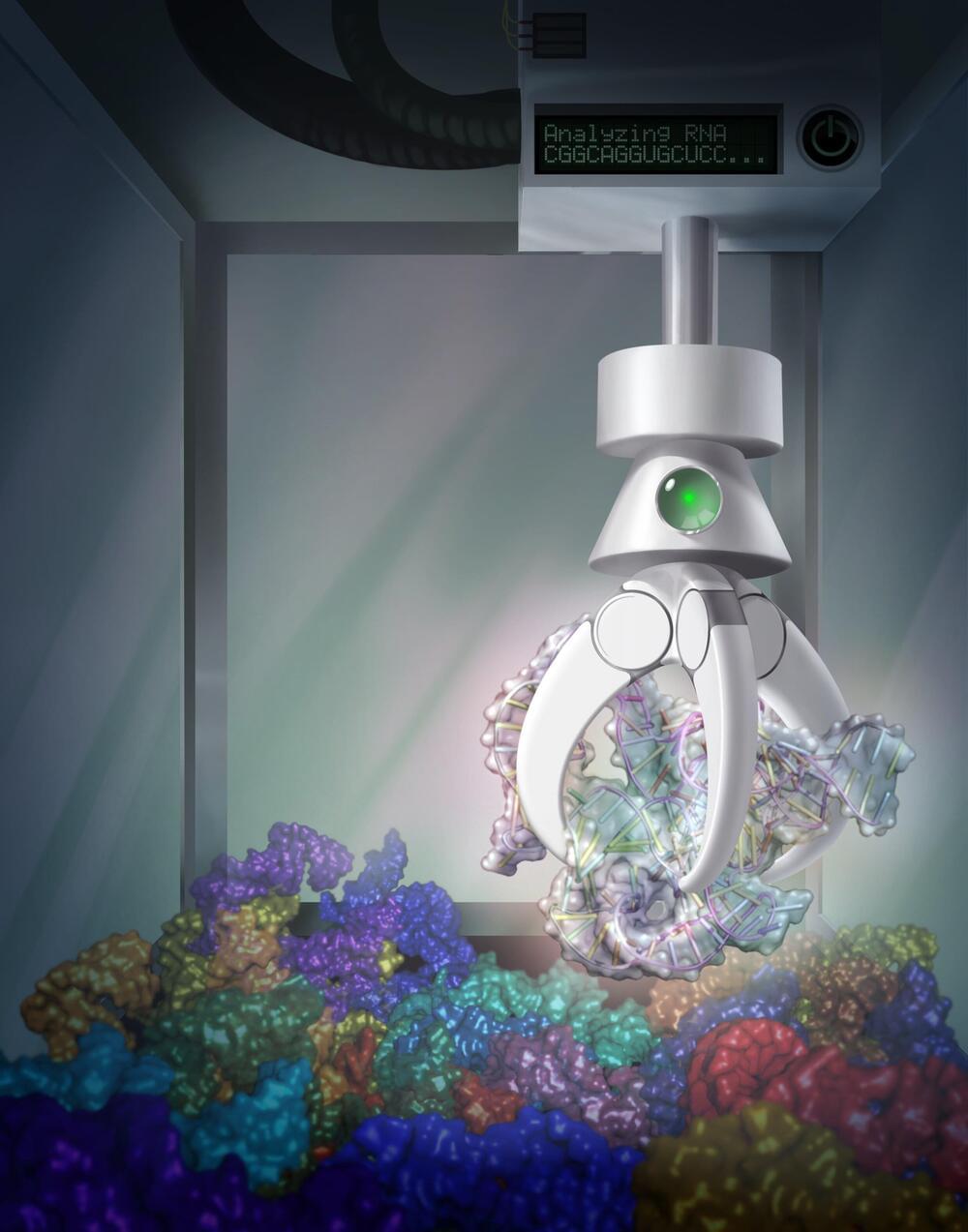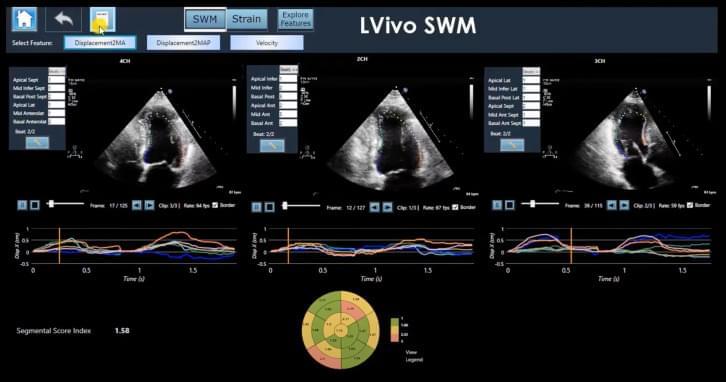An international research team with participants from several universities including the FAU has proposed a standardized registry for artificial intelligence (AI) work in biomedicine to improve the reproducibility of results and create trust in the use of AI algorithms in biomedical research and, in the future, in everyday clinical practice. The scientists presented their proposal in the journal Nature Methods.
In the last decades, new technologies have made it possible to develop a wide variety of systems that can generate huge amounts of biomedical data, for example in cancer research. At the same time, completely new possibilities have developed for examining and evaluating this data using artificial intelligence methods. AI algorithms in intensive care units, e.g., can predict circulatory failure at an early stage based on large amounts of data from several monitoring systems by processing a lot of complex information from different sources at the same time, which is far beyond human capabilities.
This great potential of AI systems leads to an unmanageable number of biomedical AI applications. Unfortunately, the corresponding reports and publications do not always adhere to best practices or provide only incomplete information about the algorithms used or the origin of the data. This makes assessment and comprehensive comparisons of AI models difficult. The decisions of AIs are not always comprehensible to humans and results are seldomly fully reproducible. This situation is untenable, especially in clinical research, where trust in AI models and transparent research reports are crucial to increase the acceptance of AI algorithms and to develop improved AI methods for basic biomedical research.
